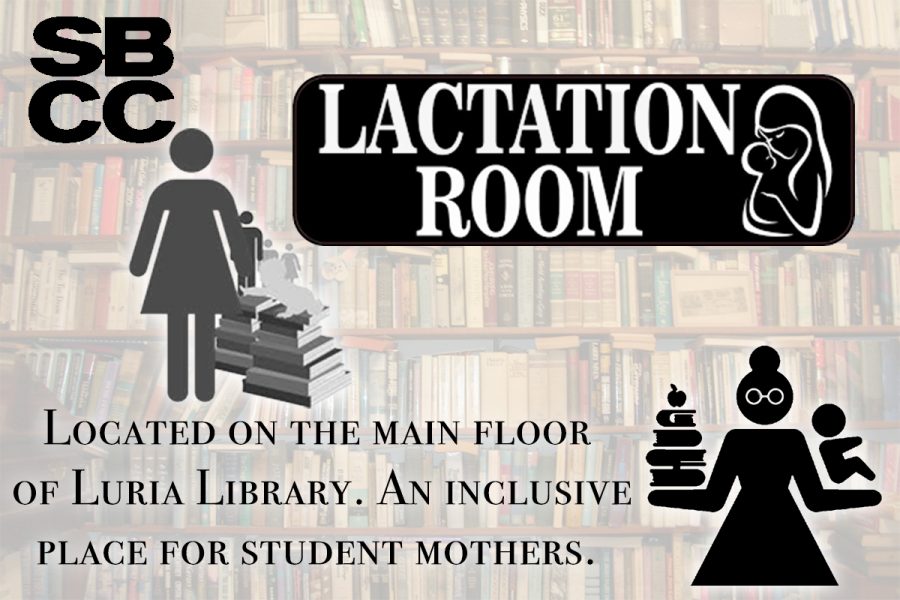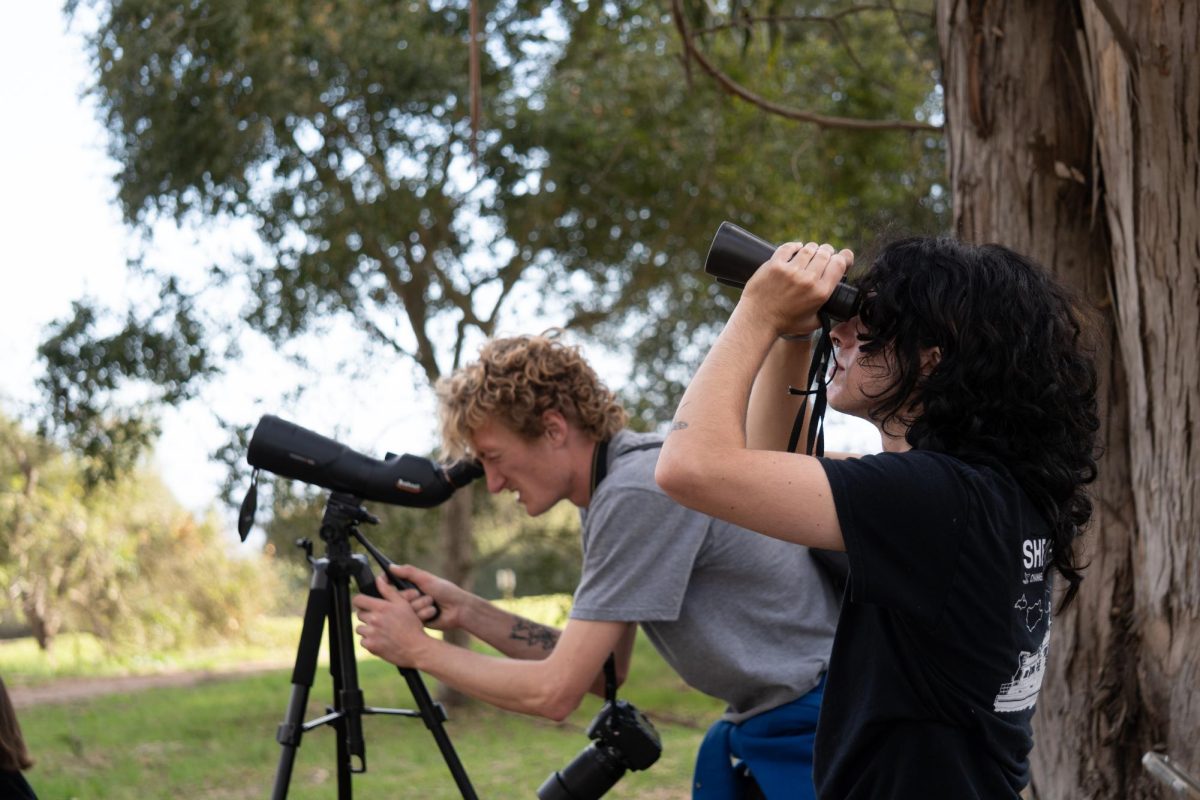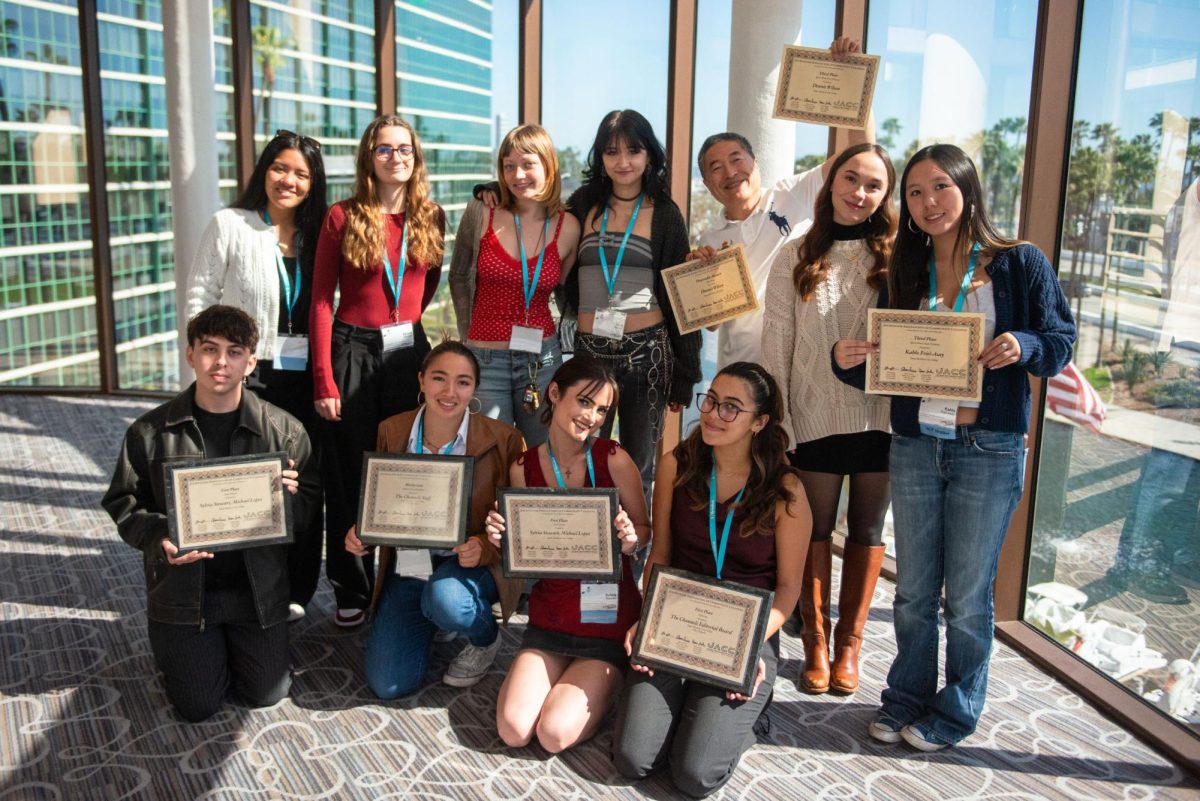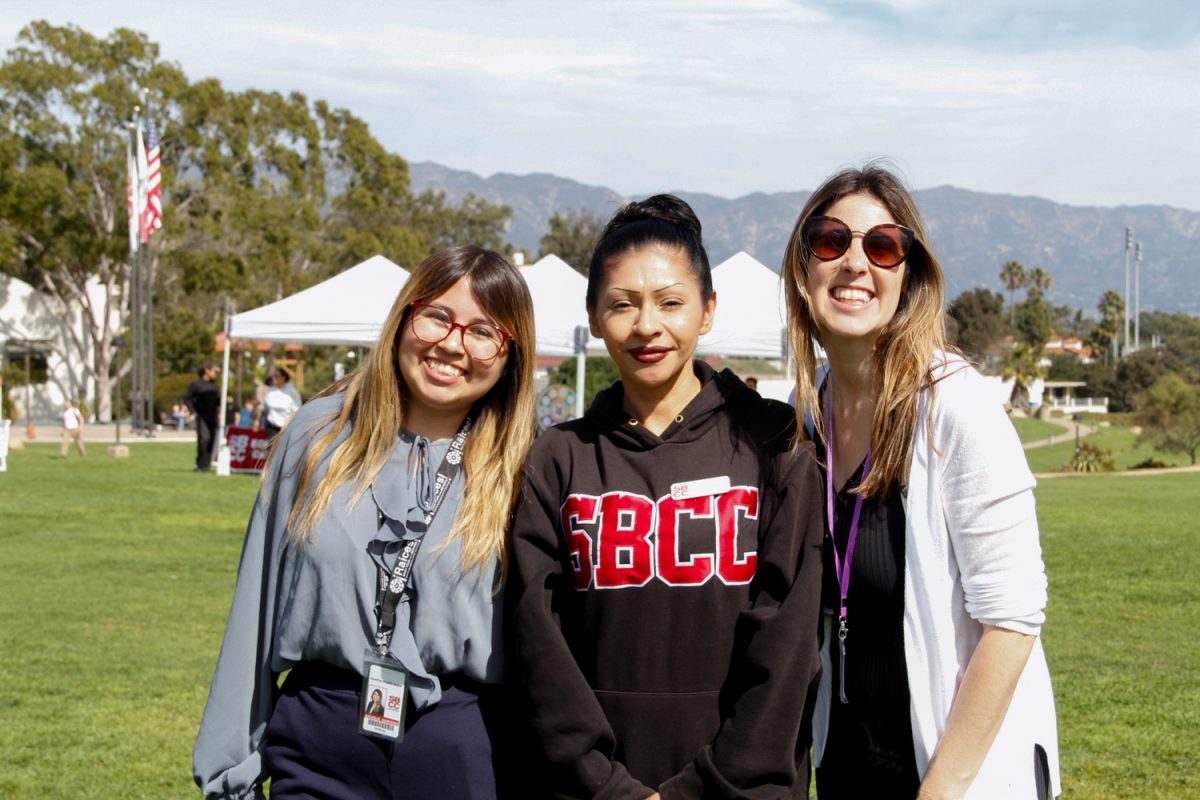“Breast pumping . . . is anything but glamorous or natural,” writes Robin Hoecker, a postgraduate student and mother at Northwestern University. “It involves stripping half-naked, entangling oneself in a mess of cords and attaching your breasts to a loud and uncomfortable machine.”
Hoecker points out in her 2015 Huffington Post article that unlike breastfeeding, which is usually perceived as benign and even saint-like, breast pumping is far less pretty.
For Laura Fariss, director of student health and wellness, this fact posed a problem six years ago when she was approached by a student asking for a private place to pump breast milk.
After the student came to her in 2012, Fariss, also a midwife and nurse practitioner, did some research online. She found that many colleges, including UCSB, had set up lactation rooms in their libraries since they were open for longer hours than most buildings.
Fariss then talked to Kenley Neufeld, the director of the Luria Library at the time, who agreed to set up the room by converting a supply closet, and in the fall of that year, City College’s first lactation room was opened to students.
“I would imagine that they had to use bathrooms before, which is probably not the most affirming,” said Ellen Carey, a City College librarian and assistant professor. “Would you want to eat in a bathroom? They probably don’t want to pump for their kids in a bathroom.”
Carey said that she has only gotten a handful of women asking to use the room through the years, but that those women seemed to appreciate having a place on campus.
Library Director Elizabeth Bowman echoed those thoughts, adding that the topic of breastfeeding can be squeamish for some people.
Bowman acknowledged that students might feel embarrassed to ask to use the room, and that they might have issues with storing the breast milk. She said that she’s allowed students in the past to use the library’s staff lounge refrigerator.
“Knowing that they have all those barriers, we just try and make it smoother,” she said.
City College’s lactation room is at the far end of the library, and inside it are modest furnishings: a box of Kleenex, hand sanitizer, a table, and a comfy chair. On a shelf next to the chair is a small magazine from the Santa Barbara Museum of Art.
“That was our addition,” Bowman said about the magazine. “It was just kind of an afterthought; we’re trying to make it a little bit nicer.”
“It’s private,” Bowman added. “Private is the most important—private and an outlet.”
In 2011, the United States Surgeon General published a call to action urging nationwide support for breastfeeding, and listed “a lack of accommodation to breastfeed or express milk at the workplace” as one of the obstacles to breastfeeding.
The document pointed to research showing that, apart from providing vital nutrients and helping foster a bond, breastfeeding also protects babies from infections and illnesses, and even reduces the mother’s risk of breast and ovarian cancer.
The call to action also cited a host of professional health organizations, all of which recommended infants be breastfed for at least 12 months. They also recommended that for the first six months, infants be given no foods or liquids other than breastmilk, not even water.
Though City College has offered students a lactation room since 2012, California is only now in the process of passing a bill that would explicitly require California Community Colleges to provide one to students. The room can’t be a restroom and would have to offer a comfortable place to sit, as well as a table and an electrical outlet for pumping equipment.
The new lactation accommodations bill is being passed in a historic moment for female lawmakers. On April 9, Tammy Duckworth became the first sitting U.S. senator to give birth, and the Senate unanimously passed a rule allowing lawmakers to bring their infants, aged one year or younger, onto the floor.
The senate installed lactation services in their office buildings in 2006.
The Affordable Care Act, effective since 2010, requires employers to provide lactation accommodations to working mothers, but the only federal law that comes close to addressing those accommodations for students is the Title IX amendment of 1972. The law contains a clause prohibiting discrimination against pregnant or parenting students, stipulating that schools must provide “reasonable adjustments” when necessary because of pregnancy.
Despite Title IX, pregnancy discrimination persisted in higher education, leading California Governor Jerry Brown to pass a bill in 2014 that supports pregnant graduate students by guaranteeing them a 12-month leave of absence. The bill cited Obama administration goals to increase the number of women in the fields of science, technology, engineering, and mathematics.
Title IX might also be failing to ensure equal opportunities for parenting community college students, so argues Mary Ann Mason in a 2014 article written for The Chronicle of Higher Education.
Mason writes that the dropout rate for parenting women at community colleges is 64 percent higher than that of their counterparts who didn’t have children.
The California bill requiring community colleges to provide lactation accommodations hopes to alleviate those numbers.
Bowman said that she often sees families in the library, and that the library staff will usually try to help parents study, offering their children Crayons, markers, coloring books, and legos.
“We would also like to have a playroom,” Bowman said with a laugh. “Right now we have little tiny furniture, we have crayons, but wouldn’t that be great?”
The lactation room is open during the library’s regular hours, and is available upon request.









![On Feb. 12 the Multimodal Lab held a poetry open mic for students, staff and faculty in Santa Barbara, Calif. “I'm glad there is space here at this school [...] that people can talk about what they are feeling on the inside and whatever feelings they’ve got,” Russom said.](https://www.thechannels.org/wp-content/uploads/2025/02/MGSMultimodal-3-1-1200x800.jpg)





